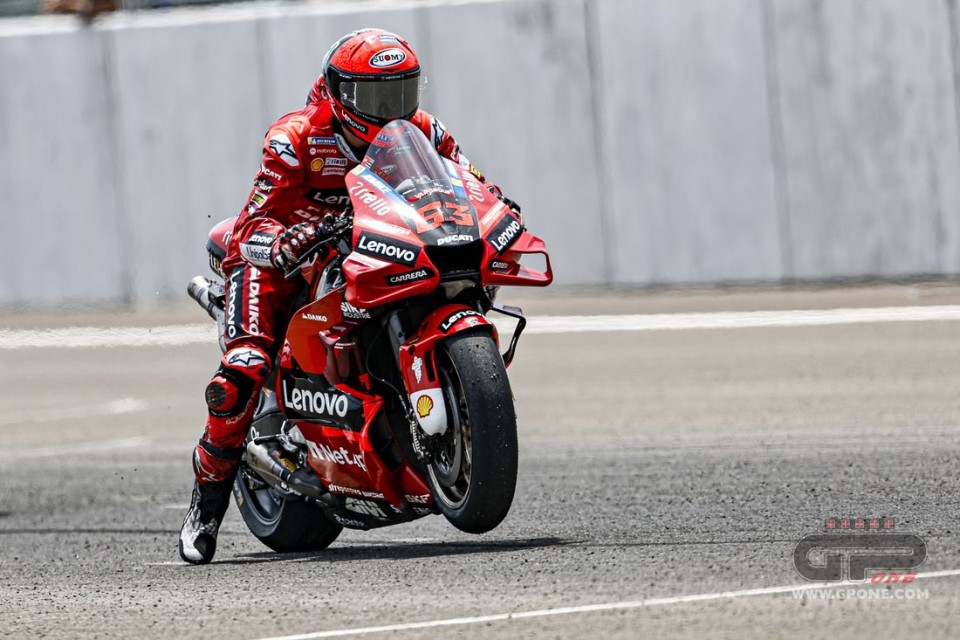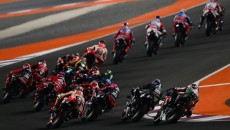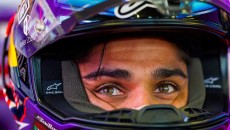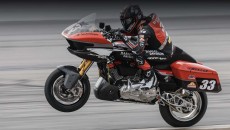From this year, the front lowering device, the so-called shapeshifter, invented by Ducati and mainly used briefly only by Johann Zarco in 2022, has been prohibited, but the rear one’s days might also be numbered. As well as the current technical regulations which allow MotoGP bikes to exceed 363.6 km/h (Martin in 2022 at Mugello).
We realized this in a long but informal conversation with Corrado Cecchinelli, Dorna's Director of Technology. Obviously we are talking about after 2026, because the MSMA has agreed not to change things until this date.
“The problem with regulations is that no matter how much thought goes into them, they can be got round. There are dozens of engineers who know how to do it…and of course, they do. In the current regulations, for example, the wings must be built with a certain stiffness, in order not to flex and stall, as you will recall happened in F.1 before the introduction of a specific norm. Well, one of the effects of the rear lowering device is precisely to change the angle of attack of the wings. Then of course, the load on the rear wheel increases which improves acceleration. These two effects combined allow for higher speeds, because in any motorsport competition speed on the straights is crucial.”
Don't take this statement by Cecchinelli however as a declaration of intent or a war on Ducati's evolutionism. Let’s not forget that Corrado was deputy director of Ducati Corse until 2010.
“The main effect of the holeshot device is to lower the centre of gravity. This in turn changes the ratio of the CG height to the horizontal distance from the CG to the centre of the rear wheel. The maximum acceleration depends on this ratio because, on a dry surface and with the current tyres, the acceleration limit at the start is the wheelie. That's why we want to lower the centre of gravity."
Obviously, however, lowering the rear changes the incidence of the wings and decreases the resistance to forward movement: two birds with one stone.
“In and of itself this is a simple device, even primitive, because it has to be mechanical and operated by the rider. It could be technologically advanced, with electronic control, but the regulations forbid it”, recalls Cecchinelli.
Based on this fact, some manufacturers have tried to oppose its use, but the progress in aerodynamics, thanks to the increase in performance, has meant that the lowering unit and wings are now customs-cleared. After all, the increase in performance, especially speed, requires an adequate load to stabilize the bike.
The increase in MotoGP performance is currently a big problem. Cecchinelli doesn't say it but we are at around 300 hp of power for 1000 cc with 81 mm bore. It's starting to be too much, but the problem is that no intervention can be made if, at the same time, the performance of the Superbikes isn't reduced. Because then the latter would be quicker than MotoGP bikes.
The Portimao test session for SBK saw the production-derived bikes lap at within 3 tenths of the times of the MotoGP prototypes. The technical and economic parallel between the two disciplines highlights the growth of Superbike and the higher costs of the World Championship. Bautista's performance in the time attack with the new Ducati Panigale V4 R, 1'39.035, is almost 6 tenths faster than Jonathan Rea's 2022 Superpole and, above all, it is 310 thousandths off the record lap (1'38.725) set in 2021 by Francesco Bagnaia on the Ducati MotoGP.
After all, even the production Panigale V4 S is an extremely fast bike and every time Bagnaia uses it for his private tests, on any track, the gap from its Superbike 'sister' and its MotoGP cousin is ludicrous if one considers the difference in costs.
“To limit the performance of MotoGP bikes we could decrease the engine capacity again or simply decrease the bore even further. Obviously we should also intervene on the Superbike. The problem is also in the diversity of the mono-tyre chosen, because Pirelli is focussing a lot on development and this increases the performance of the production-derived bikes".
It's a dog that bites its tail, yet we need to slow down this race for performance somehow, because being quicker and faster doesn't always improve the show. And in the end, that's what matters.
Up until now, Dorna has pushed to level performance, but the result today is that often a Superbike race is more spectacular than the MotoGP bikes that seem to travel on rails.
“Aerodynamics have by now also become a matter of marketing - Cecchinelli admits - production bikes also have wings. It is there and will remain tehre, but we have to come up with something, as I said before, to bring both championships back to more human performances."









